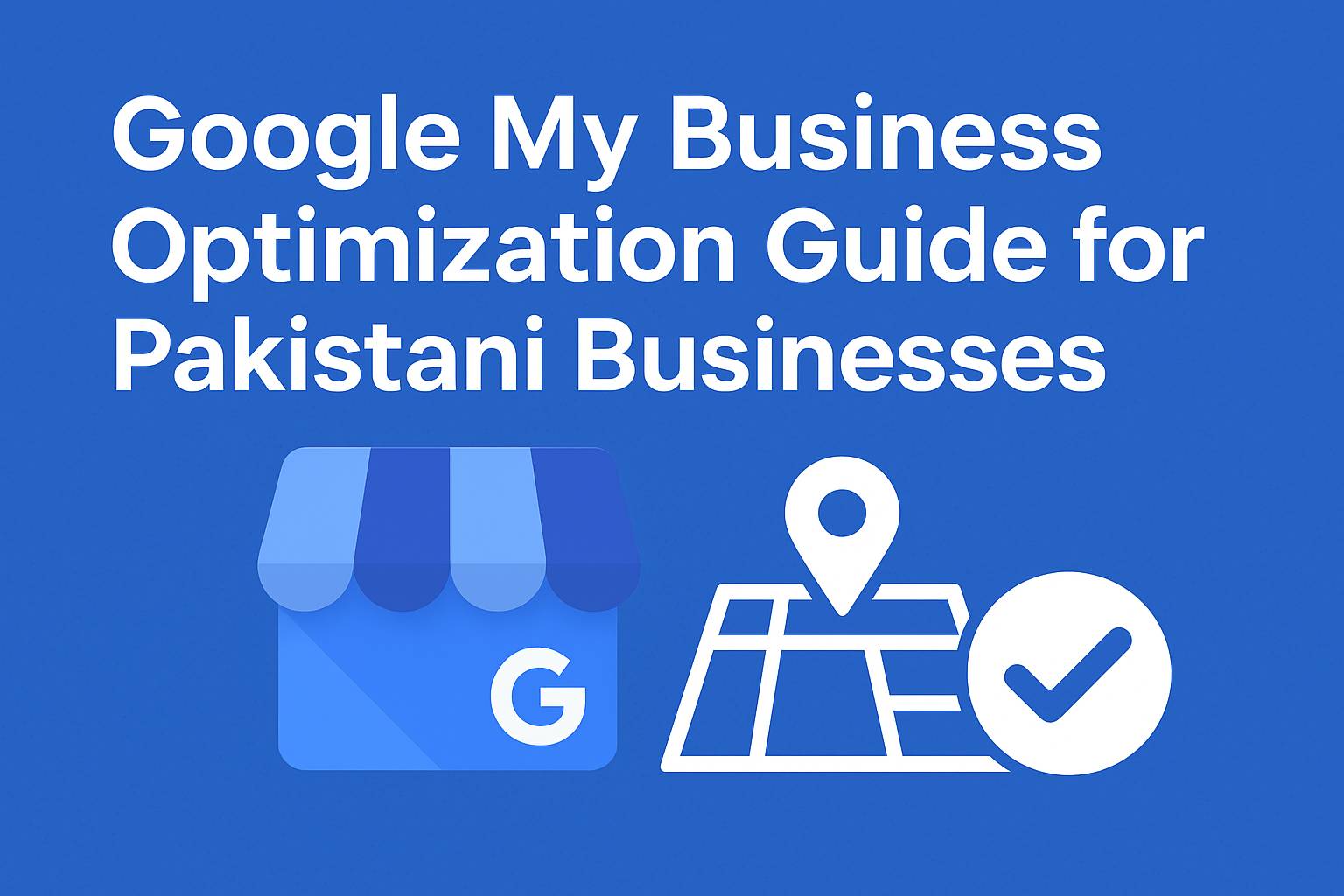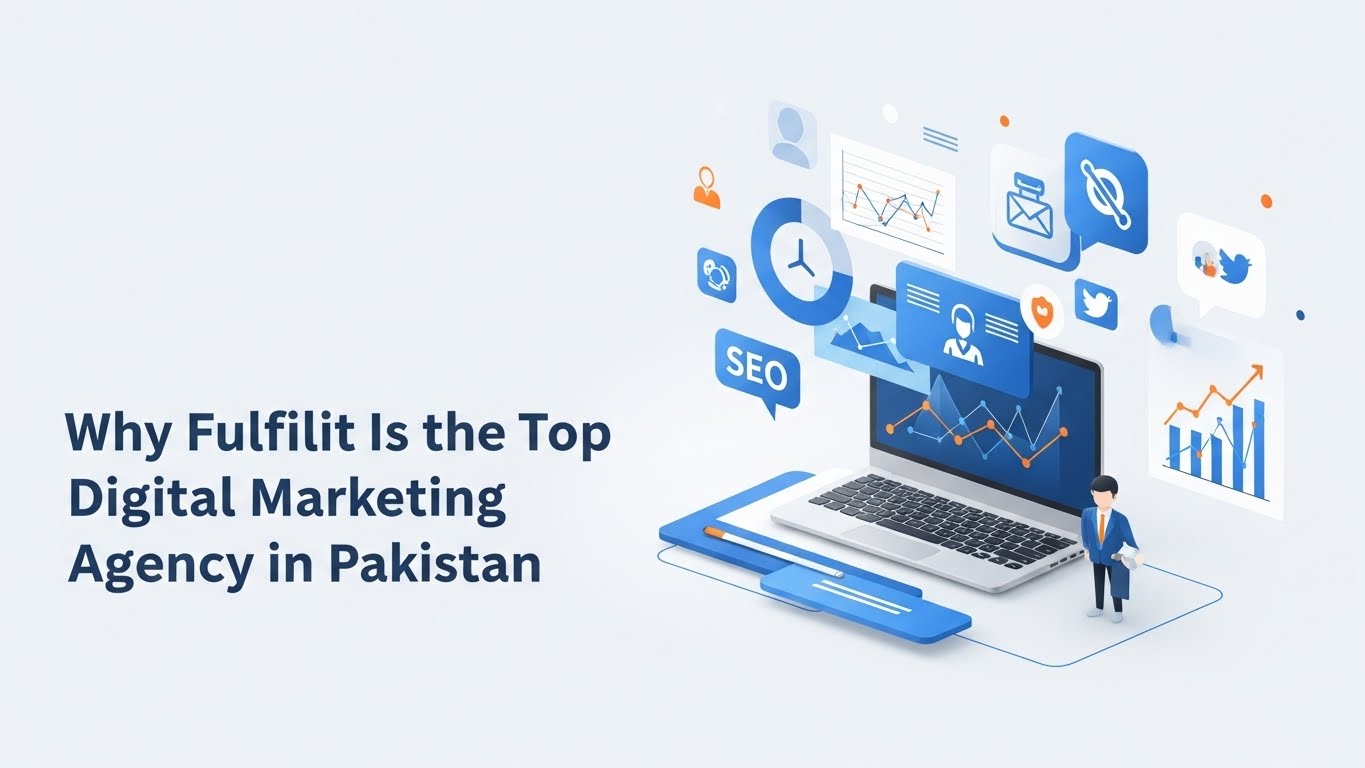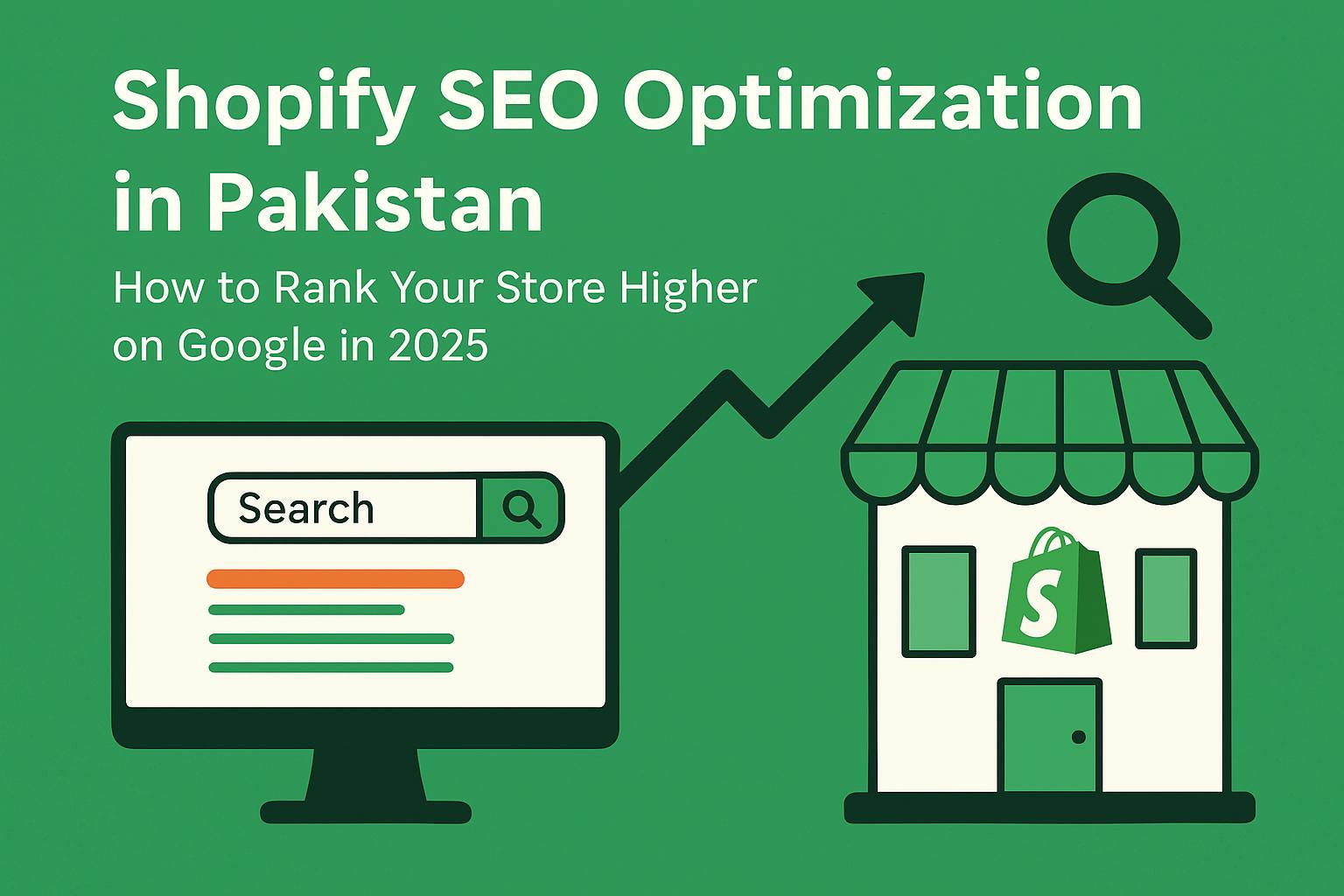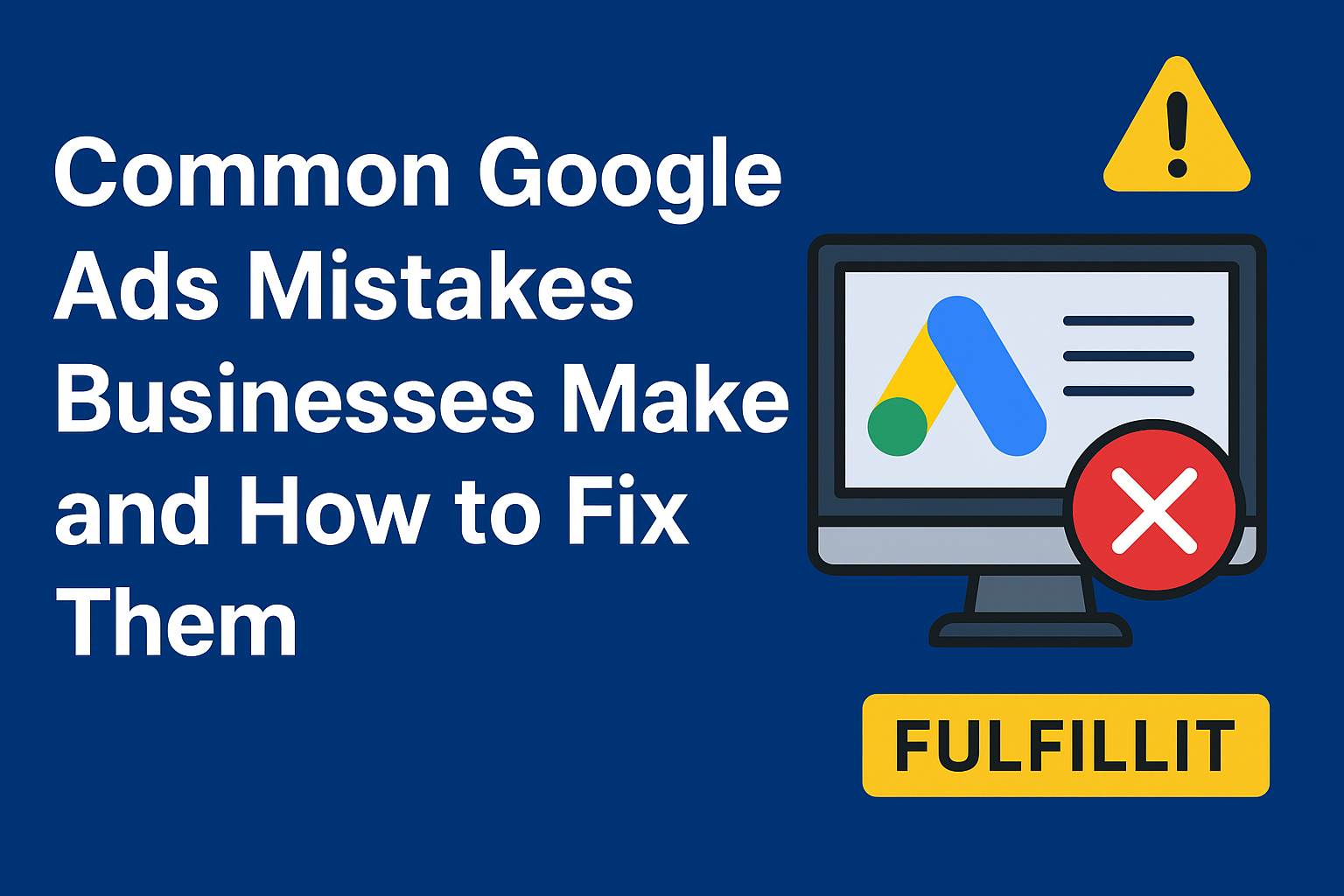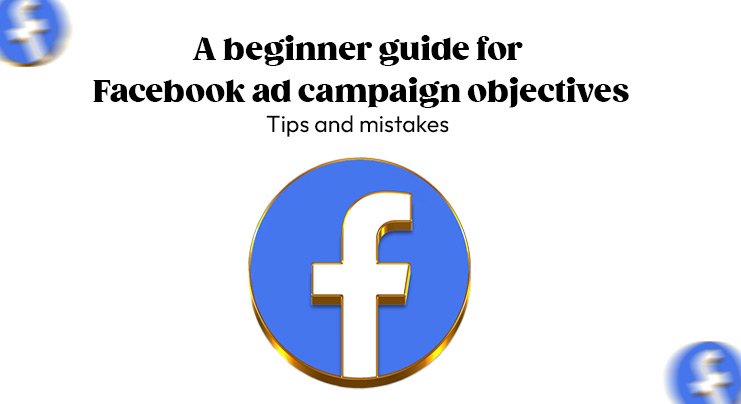You have invested time, energy, and money into building your website, but when you search your target keywords, it’s nowhere to be found. You might be asking yourself, “Why is my website not ranking on Google?” This is a common frustration for website owners across the world, and in Pakistan, who want their site to be visible and competitive.
In this guide, we will walk you through a step-by-step action plan to boost your Google ranking and reasons website not rankingLet’s start troubleshooting so you can stop wondering “why my website is not showing on Google” and start climbing the SERPs.
Quick Checklist: 10 Fast Checks (Do These First)
Before you dive into a deep SEO audit, start with these essential checks. They’ll help you identify glaring issues that may be stopping your website from appearing in search results, addressing check website search ranking, Google search indexing issues, and technical SEO errors right away:
- Run a site: search – Type site:yourdomain.com into Google. If no results appear, your site might not be indexed.
- Check Google Search Console (GSC) – Use the URL Inspection tool to confirm indexing and spot visibility problems.
- Review robots.txt and noindex tags – Make sure you’re not accidentally blocking important pages
- Check for Manual Actions – In GSC, see if your site is penalized. Algorithm updates like Panda and Penguin address low-quality content and link spam.
- Test mobile-friendliness – Ensure your site is mobile optimized (Mobilegeddon update).
- Run a PageSpeed Insights test – Slow sites harm search engine visibility and rankings.
- Evaluate Core Web Vitals – Metrics like LCP, INP, and CLS can impact ranking in close competitions.
- Review canonical tags – Set them correctly to avoid duplicate content.
- Check hreflang (if multilingual) – Ensure proper language targeting for global and Pakistan audiences.
- Verify HTTPS security – Having HTTPS is a trust and ranking signal.
How to Diagnose: Site-Wide vs Page-Level Problem
Not all ranking issues are equal; some affect your entire site, while others only certain pages.
Site-Wide Problems:
- No pages are indexed.
- Sudden ranking drop after algorithm updates.
- Technical errors in robots.txt or sitemap.
Page-Level Problems:
- Only one or two pages fail to rank.
- Poor keyword targeting or mismatched search intent.
- Duplicate content or keyword cannibalization.
How to check:
In Google Search Console’s Performance report, filter by page to view impressions, clicks, and average position. If impressions are zero, your page may not be indexed or properly optimized.
Technical Reasons Your Site Might Not Rank
1. Crawling and Indexing
If Google can’t crawl or index your pages, then they won’t show up in search results. Check the robots.txt file, that you don’t block anything important, and upload a clean XML sitemap to Google Search Console. Prevent by mistake noindex tags or wrong canonicals from deindexing the page.
2. Rendering and JavaScript
Heavy JavaScript use can prevent Google from seeing key content if it’s not rendered properly. Use the “View Crawled Page” or URL Inspection in Google Search Console to verify what Googlebot sees. If content is missing, consider server-side rendering or pre-rendering to ensure HTML is crawlable.
3. Performance and Core Web Vitals
Slow pages and wobbly layout slow the user experience and search performance. You can work on Core Web Vitals optimization by compressing pictures, allowing them to cache, having fewer scripts that block rendering, and using a CDN to deliver faster. A speedy, stable location ensures that visitors remain on site and gives an indication of quality to Google.
4. Internal Linking and Site Architecture
Even Google depends on internal links in order to locate and rank your pages. Links to other pages make orphaned pages less of a problem, especially when keyword-rich and descriptive anchors are used to point to the other page. Use a pretty simple and flat site structure so a few clicks are needed to get to an important page of your site.
Content and Relevance Reasons
1. Search Intent Mismatch
Even where the content format is different but what users expect it to be, ranking will be adversely affected. Phrase queries according to the type of information you seek, e.g., informational articles, listicles, product pages, or how-to guides-to the intent of the user. Intent fulfilment boosts user performance and search ranking probability
2. Thin/Duplicate Content
Pint-sized, low-value value or even duplicated pages diminish your site’s authority and pertinence. Produce unique and detailed content that responds to the query in totality and is of value that cannot be replicated by the competitor. Sustainable rankings are not driven by quantity but by quality.
3. Poor Optimization
SEO can be hampered by stuffing or neglect keyword misuse. Target keywords should be naturally integrated in titles, headings, meta descriptions, and in the body content without making them difficult to read. Balanced optimization enhances the search ranking and the user experience.
Backlinks and Credibility
Backlinks remain one of the key authority and trust indicators of ranking in Google. Check your backlink profile on a regular basis (after the report of Semrush or Ahrefs) to eliminate harmful or low-value connections, and disavow them in the Google Search Console (disavow feature) in case it is required. Improve E-E-A-T (Experience, Expertise, Authoritativeness, Trustworthiness) by including rich author information, giving credit to authoritative sources, and receiving signals of trust, such as testimonies or certificates.
Algorithm Changes and Penalties
Drap changes are possible: either in ranking factors that have intuitively occurred or in competing new items that have suddenly come in via Google algorithm updates. Monitor and pay attention to updates on the page and tracking the causes, which may be due to lost backlinks, outdated content, or technical errors, and use diagnostic tools. In case they have been hit with a manual or an algorithmic penalty like the Panda against thin content or the Penguin against link spam, remove the issues or repair them, and file reconsideration requests and restore trust once again over time.
Local / Pakistan-Specific SEO Issues to Check
Hosting Speed
To minimize latency and page load times to local users, all the hosting servers should be within or around Pakistan, or install a CDN connection with nodes in the local region. Sites that load faster enhance user experience as well as the chance of ranking well on Google.
Local Keywords
Study and focus on the search terms that Pakistanis most often use to express queries, such as local dialect, typical spelling, and the geo-rewrite on the modifiers. It also helps you connect your content with genuine local search behavior.
Language Targeting
Provide content either in (or both English and Urdu, depending on who you target. Well-taken care of hreflang tags means that Google will identify the appropriate language version that is displayed to users.
Local Listings
Claim and optimize your Google Business Profile, and list your site on trusted Pakistani business directories. Consistent NAP (Name, Address, Phone) details boost local SEO and credibility.
Step-by-Step Prioritized Action Plan
Week 1 :
- Check indexing and robots.txt.
- Fix mobile usability and speed issues.
Week 2 :
- Improve on-page SEO issues (meta tags, structure).
- Fix internal linking and remove duplicate content.
Week 3 :
- Build quality backlinks.
- Publish new, optimized content.
- Monitor improvement in GSC.
This aligns with how to fix website ranking issues, how to rank my website top in Google, and how to increase the ranking of my website.
Tools Cheat-Sheet
- Google Search Console – indexing, errors, ranking data.
- PageSpeed Insights – speed and Core Web Vitals.
- Mobile-Friendly Test – mobile usability.
- Screaming Frog – technical and content audit.
- Semrush / Ahrefs – backlink and keyword analysis.
Example Mini Case Study
A Pakistani e-commerce store struggled to rank for months. The diagnosis found no XML sitemap, slow hosting, and poor on-page SEO. After submitting a sitemap, improving hosting, and rewriting meta tags, the site reached page one for multiple keywords in just 8 weeks. This showcases why my website is not showing on Google and how to improve website ranking.
Conclusion
If “How to rank website on Google first page” is your current frustration, remember the issue is often fixable with a structured approach. Start with speedy checks, manage technical and content problems, and establish credibility through backlinks. In the case of Pakistani businesses, local SEO targeting and hosting response time can play a pivotal role.
At fulfillit, regular audits and staying updated on Google’s algorithm changes are key. No matter whether your site targets a global audience or the Pakistan market, fulfillit your SEO goals today with these strategies, moving from invisibility to visibility.
FAQs
Q1: Why is my new website not ranking on Google?
It may not be indexed yet. Submit your sitemap via Google Search Console.
Q2: How long does it take to get on Google?
Usually between 3–6 months, relying on competition and SEO-high quality.
Q3: How do I check if Google has indexed my site?
Use site:yourdomain.com in Google search or GSC.
Q4: What are Core Web Vitals?
They’re metrics like LCP, INP, and CLS that influence rankings through user experience.
Q5: Can bad backlinks stop my site from ranking?
Yes, backlink problems can harm credibility. Disavow them in GSC if needed.





